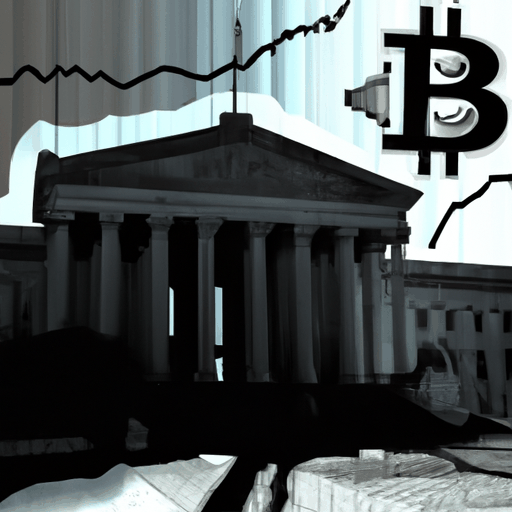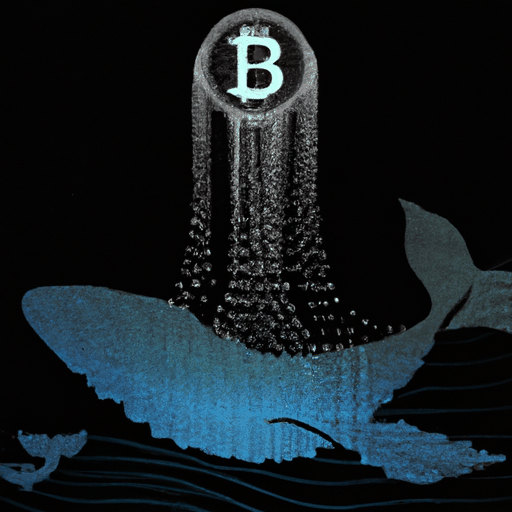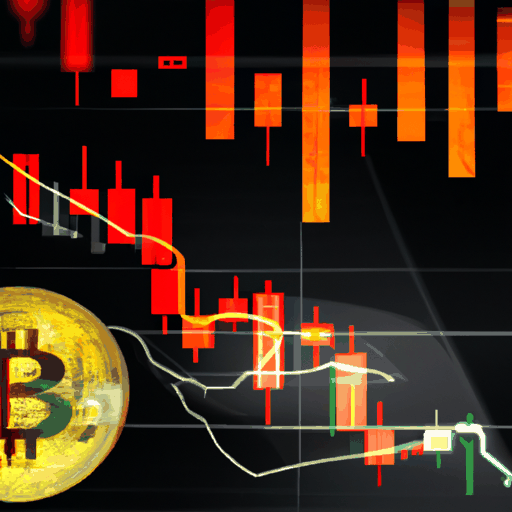
Bitcoin's Battle With The $95K Support Amidst Market Cascade
By: Eva Baxter
Bitcoin, the world’s largest cryptocurrency by market capitalization, faces intense scrutiny after recently plunging below the significant $95,000 mark. This decline was precipitated by a wave of liquidations that wiped out approximately $655 million from bullish positions. Such a drastic fall caused the asset to nosedive from its previous stable prices, evoking memories of similar cascades in the past, most notably in May when the markets experienced severe downturns.
The decline marked a crucial inflection point as Bitcoin tumbled from a high of $103,988 to a low of $95,900, before stabilizing slightly at $96,940. This slide pushed Bitcoin closer to the on-chain HODL wall, a level where a staggering 65% of the invested USD value is held. The on-chain data also reveals that the coin’s cost-basis distribution indicates a precarious position, with 30% of long-term holders owning Bitcoin valued above $95,000.
Market sentiment is heavily influenced by these developments, raising questions about whether the market has officially entered a bearish phase. Notably, the futures markets have unwound significantly, and outflows from exchange-traded funds add a layer of complexity to Bitcoin’s pricing dynamics. Glassnode data underscores these shifts, showing a distinct lack of demand between the $106,000 and $118,000 resistance area, underscored by a lag in ETF demand, no longer robust enough to counteract the current supply pressures.
Industry experts are divided on whether this constitutes the onset of a prolonged bear market. The current scenario differs from the 2017 and 2021 peaks where short-term holders were significant sellers. Today, the shift comes largely from recent buyers exiting after incurring losses, further evidenced by the short-term holder cost basis now breached at approximately $112,000. Analysts stress the importance of the $95,000 mark, a critical support line where long-term holders are expected to absorb sales from leveraged positions, potentially stabilizing the market.
As Bitcoin weathers this volatile phase, the broader market environment remains uncertain with reduced ETF inflows and declining open interests in futures signaling increased caution. For now, the bear market debate remains unresolved, hinging on the resilience of long-term holders against a backdrop of short-term market turbulence.



